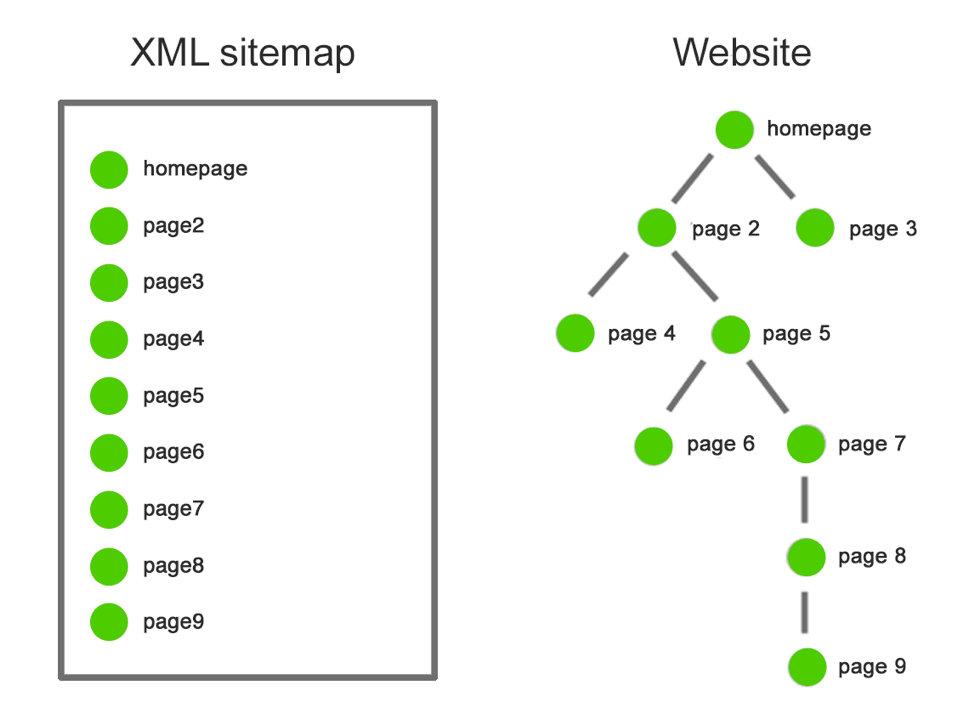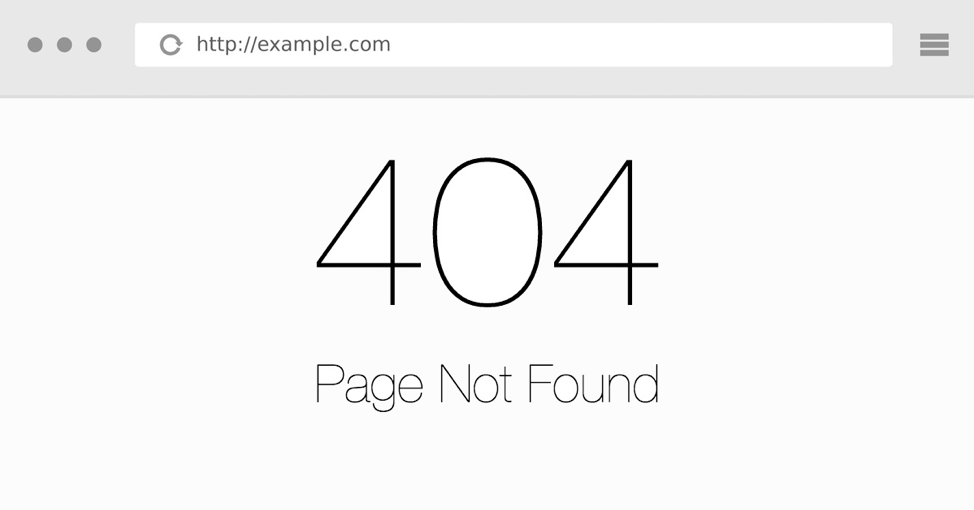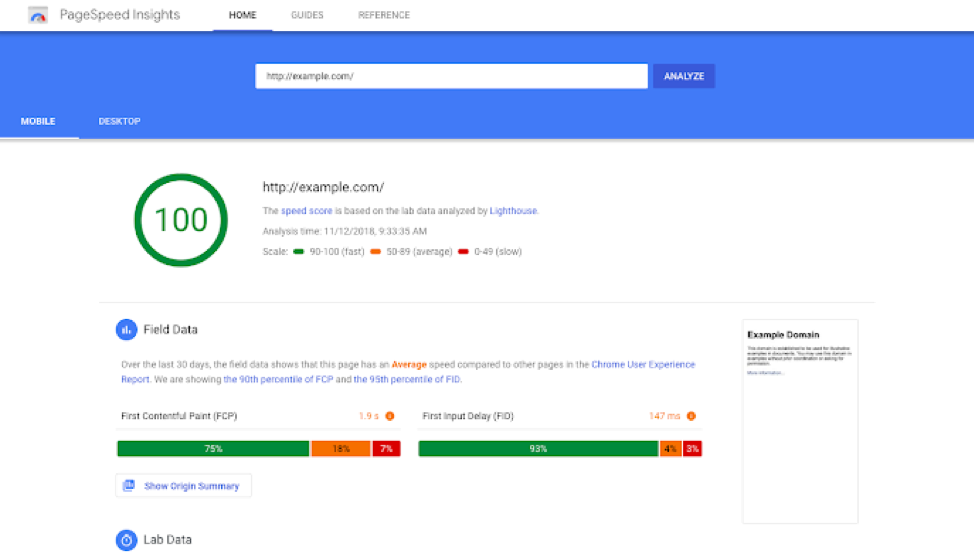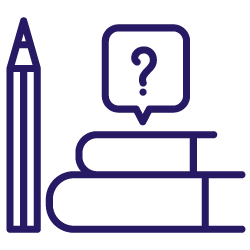I believe it’s safe to say that most business owners are known for running on a busy schedule and wearing multiple different hats.
With having to worry about fulfilling their product or service, lead acquisition, sales, cash flow, management, and whole plethora of other tasks – they may find it difficult to find the time to fully research and acquaint themselves with the technical SEO aspects of their website.
This glossary may be used as a cheat sheet for your clients who need a quick breakdown of common technical SEO terms.
Please note that this glossary is no way exhaustive, but it may serve as an introduction to help your clients familiarize themselves with some of the terms needed to understand what it is exactly you will be doing with their website.
Let’s jump into it.
The Technical SEO Glossary
1) Crawler/Bot
2) Mobile-First Indexing
3) Sitemap
4) Robots.txt
5) 404 Error
6) 301 Redirect
7) ALT Text
8) HTML Tags
9) Page Speed & Load Times
10) Duplicate Content
11) Canonical URL
12) Schema Markup
13) Domain Authority
14) Backlinks
15) Anchor Text
16) Link Equity/ Link Juice
17) DoFollow Vs. Nofollow Links
18) Secure Socket Layer (SSL)
1) Crawler/Bot
Search engines need to understand what pages on each website around the web should be included in search results.
To do this, they send out their “crawlers” or “bots” to comb through webpages by crawling each website from link to link.
SEOs also use crawlers to audit websites and to diagnose potential problems for search engine bots.
2) Mobile-First Indexing
This concerns which version of your website tells search engine bots will crawl through and index first.
According to Perficient: “In 2018, 58% of site visits were from mobile devices.”
Search engines have caught onto this, and are now moving sites to mobile-first indexing.
As the majority of website users are now using mobile devices, this is the logical thing to do.
3) Sitemap
A sitemap is an XML file (ie. sitemap.xml) that contains all of the URLs of your website.
It helps search engine bots easily crawl through your website and allows for quicker indexation of new pages.

4) Robots.txt
Robots.txt is a text file located in the root directory of your site.
This file creates the rules in which tells search engines how to crawl your site, and which pages of your website to include in search results.
For example: if you have a certain page on your website that you only want to show to specific users, you can create a rule in robots.txt that will explicitly tell search engines not to include this specific page in search results.
The page will still be live on your site, and you can manually share it with the specific users the page is meant for by simply sharing the link with them.
[Ebook] Le technical SEO pour les esprits non techniques
5) 404 Error
A 404 error is when a page has not been found. It is essentially a “dead page” on your website.
Dead pages are bad for user experience, and therefore should be dealt with through the use of 301 redirects or other means.

6) 301 Redirect
A 301 redirect is the when one URL is permanently redirected to another.
This tells search engines to focus on the new destination URL, rather than the old one.
When used sparingly, 301 redirects can be effective in dealing with 404 errors, as it gives you the ability to permanently redirect the “dead page” to a live one.
7) ALT Text
Search engines can’t read images. “Alt text” is text used to describe the images on your website. It explains to search engines what your image is about and if it is relevant to your page.
Furthermore, alt text is useful to screen readers – which are used by those who are visually impaired to explain the images on a webpage to them. Alt text therefore brings a benefit to both humans and machine, and should be included to describe all of your images.
8) HTML Tags
Just as search engines can’t read images, they also find it difficult to decipher which text on each webpage is most important if it’s not specified.
To specify your text, HTML tags such as H1, H2, H3, all the way up to H6 are used.
These tags break your webpages into subsections, which helps search engines understand the logical flow of each of your pages. For example, if you label your H1 as “Technical SEO Glossary”, then your H2 could be “Backlinks”, and your H3s could be “DoFollow Links” and “NoFollow Links”.
9) Page Speed & Load Times
The page speed and load times of your website are essential to your user experience. As search engines wish to give their searchers the highest quality result possible for any given keyword query, a fast loading speed of your website is very important.
If search engines notice that every time a user clicks your website, and because of the slow loading speed, they click back to the SERP and click another result instead, then it will signal to the search engine that users are not having a good experience on your website. Therefore, this will negatively affect your search engine rankings and, as a result, is a clear indirect ranking factor.

10) Duplicate Content
Duplicate content occurs when you have a similar amount of content on separate pages on your website or content on your website that similarly matches a different website.
Duplicate content makes it difficult for search engines to understand which page to rank over the other, which sometimes leads to both pages not being ranked at all.
In many cases, search engines will show the webpage in which the content showed up first in their search results.
11) Canonical URL
If you do have duplicate content on your website, inserting a canonical tag can be helpful. A canonical tag specifies to search engines which page contains the preferred website URL, which in turn reduces the amount of duplicate content on your site.
12) Schema Markup
Schema markup is a form of structured data that specifies additional information of your website to search engines. By implementing schema markup, you can better communicate specific details of your site.
You can include rich results like reviews of your products or services in search results, your business address, logo, location, and much more.
13) Domain Authority
Domain authority (DA) is a logarithmic scale developed by Moz that scores a website’s ability to rank in search engines. It is based out of 100, where the higher your score is, the higher your ability to rank in search engines.
Although it is a third-party metric that isn’t necessarily 100% accurate – it is a good benchmark to use when assessing your website and your competition.
14) Backlinks
A backlink is simply a link from an external website that points to your website. They are used to established relevancy and authority of your website.
You can think of them like research paper citations: The more times a specific paper is cited by other research papers, the more credible that specific paper seems.
Therefore, the more relevant, authoritative backlinks you have pointing to your website, the more credible and trustworthy your site will be seen in the eyes of search engines. All else being equal, this will allow you to rank higher in search engines.
15) Anchor Text
“Anchor text” is simply the text that you click on in a website link. It looks like this.
The anchor text of a link can add to the relevancy of the backlink or an internal link between two pages on your own website.
16) Link Equity/ Link Juice
Link equity or “link juice” is the idea that a linking page can pass its ranking power to the website in which it links to.
The link equity of a specific link comes down to a lot of factors, such as the domain authority of the linking domain, the relevance of the linking page, if the link is a dofollow or nofollow, and many others.
17) DoFollow Vs. Nofollow Links
A “nofollow” link tells search engines not to follow a specific website link and to ignore it completely. Nofollow links do not pass link equity.
On the other hand, a “dofollow” link tells search engines to indeed follow website links. These types of links do pass link equity to the linking site.
18) Secure Socket Layer (SSL)
An SSL certificate is used by websites that have “HTTPS”. It ensures your website is secure and safe to use.
An SSL certificate is especially important for websites that accept credit card and other forms of payment. It is an explicit search engine ranking factor.

Conclusion
This glossary should be used as a useful guide for helping your clients understand some of the commonly used terms in technical SEO.
Although you can run deep down the rabbit hole with technical SEO, this is a great guide for starters.
Be sure to send it to your clients to help them understand your contributions to their websites!

